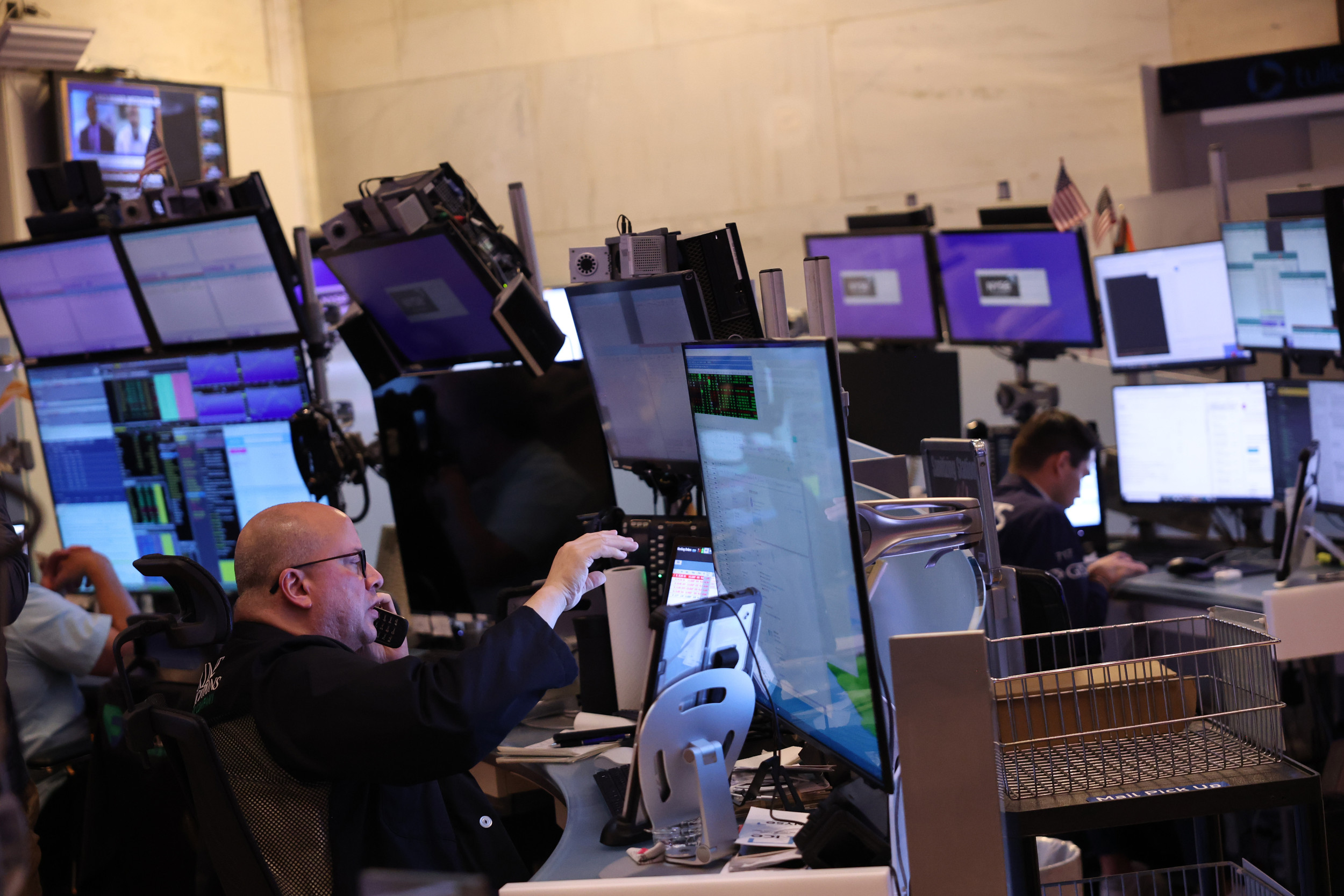Japanese stocks took a significant hit on Monday after disappointing U.S. jobs data released on Friday sent shockwaves through global markets.
The U.S. Labor Department reported a mere 120,000 increase in nonfarm payrolls for July, far below the anticipated 200,000. Additionally, the unemployment rate hit a high not seen since 2021. As a result, Japan’s Nikkei 225 index plummeted by over 12 percent—the largest decline since 1987.
Given Japan’s export-driven economy, fluctuations in the U.S. economic landscape—its top customer—are particularly impactful. Investors reacted to the jobs report by shifting funds from stocks to safer assets like government bonds.
This economic climate also led to a stronger yen against the dollar. While a stronger yen lowers import costs for Japan, it negatively affects the profit margins of export-heavy companies.

Photo by Michael M. Santiago/Getty Images
Consequently, major exporters such as Toyota and Sony saw their shares decrease by 3.5 percent and 4 percent, respectively.
Japanese Finance Minister Shunichi Suzuki stated that the government is observing market trends with “grave concern,” noting the challenges in pinpointing the cause for the stock decline.
The negative impact of U.S. jobs data extended to other Asian markets as well. South Korea’s Kospi index fell over 9 percent, while Taiwan’s Taiex dropped by 8.4 percent. Markets in Singapore, Indonesia, and Thailand also saw declines ranging from 2 to 3 percent.
As the U.K. markets opened, they were not spared either. The FTSE 100 experienced its most significant drop in more than a year, down 159.05 points.
In the U.S., stock futures reflected the turbulence ahead of the market open, with the Dow Jones Industrial Average plunging over 600 points and S&P 500 futures dropping by 140 points.
The volatility index, or VIX, surged approximately 26 percent early Monday, signaling heightened market anxiety, according to the Associated Press.
Stephen Innes of SPI Asset Management commented on this jittery market environment, expressing concern about whether the typical market recovery strategies will overcome the growing fear tied to this unexpected economic slowdown.
Currently, the U.S. economy is expanding, albeit at a moderate rate. The Bureau of Economic Analysis noted a 2.8 percent annual increase in real GDP for the second quarter of 2024, following a growth of 1.4 percent in the first quarter.
